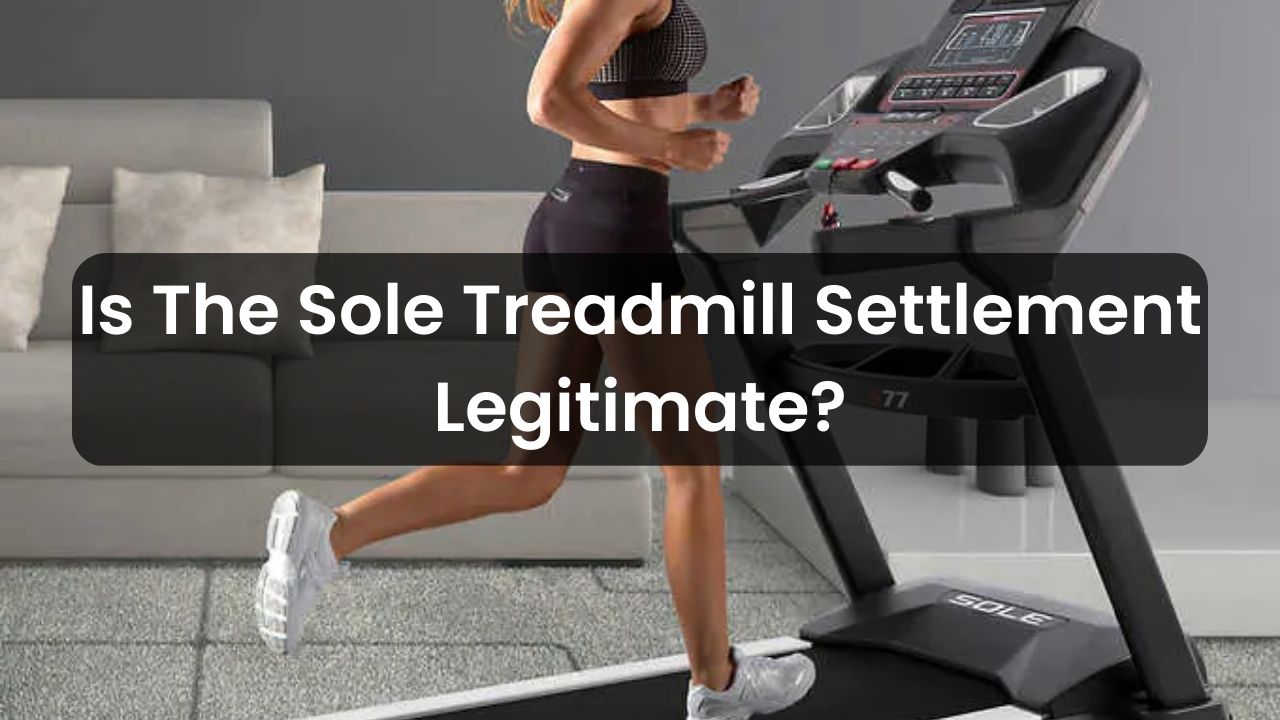The answer to whether the Sole treadmill settlement is legitimate is not straightforward. While the settlement has been approved by a federal court and provides compensation to affected consumers, there are some who question its legitimacy due to certain limitations and exclusions.
Now, let’s dive into the details and explore this topic further.
Table of Contents
Have you or anyone you know purchased a Sole treadmill? If so, you may have heard about the recent settlement related to safety concerns surrounding these treadmills. While the settlement provides compensation to some affected consumers, there has been controversy over its legitimacy.
In this article, we’ll take a closer look at the Sole treadmill settlement and examine arguments both for and against its legitimacy.
Background Information
Sole Fitness is a popular brand of fitness equipment, including treadmills. In recent years, safety concerns have been raised regarding some of the company’s treadmill models.
Specifically, there have been reports of the treadmills unexpectedly accelerating, causing injuries to users. This led to multiple lawsuits against Sole Fitness.
Details of the Settlement
In 2020, a federal court approved a settlement in one of the lawsuits against Sole Fitness. The settlement provides compensation to consumers who purchased certain models of Sole treadmills between 2013 and 2018.
The settlement covers various expenses related to the safety issues, including refunds for treadmill purchases, reimbursement for repairs, and compensation for injuries.
Arguments in Favor of the Settlement
Proponents of the Sole treadmill settlement argue that it provides a fair resolution for affected consumers. The settlement offers a variety of forms of compensation, allowing individuals to choose the option that best fits their situation.
Additionally, the settlement allows for claims to be made even by those who have not yet experienced issues with their treadmills.
Arguments Against the Settlement
Despite its approval by a federal court, there are some who question the legitimacy of the Sole treadmill settlement. One main criticism is that the settlement has limitations and exclusions.
For example, the settlement only applies to certain models of Sole treadmills and only covers purchases made during a specific time frame.
Additionally, the settlement excludes individuals who have already received compensation from Sole Fitness for their injuries or treadmill issues.
Conclusion
The legitimacy of the Sole treadmill settlement is not entirely clear-cut. While the settlement does provide compensation to some affected consumers and has been approved by a federal court, there are limitations and exclusions that have been criticized by some.
If you believe you may be eligible for compensation through the settlement, it is important to review the details and consult with a legal professional if necessary.
